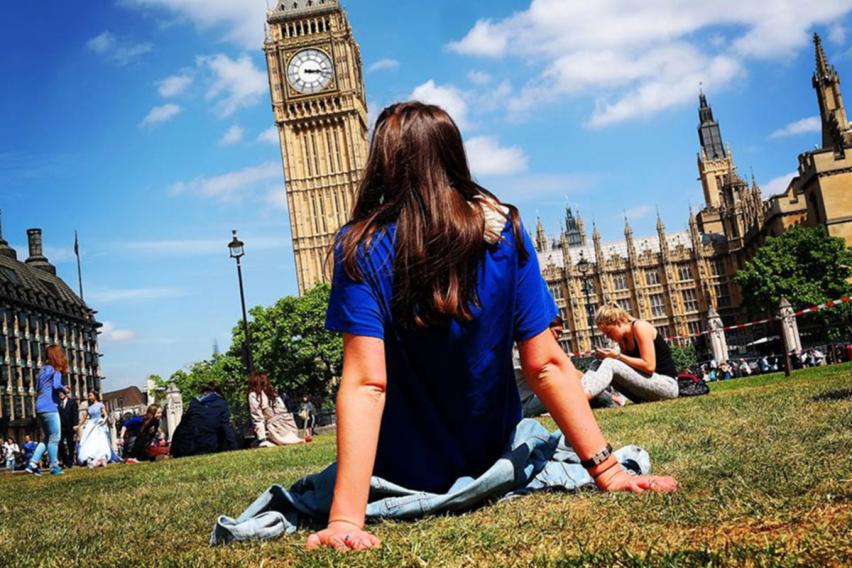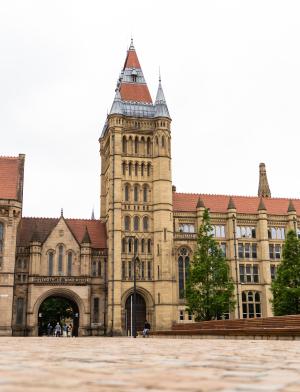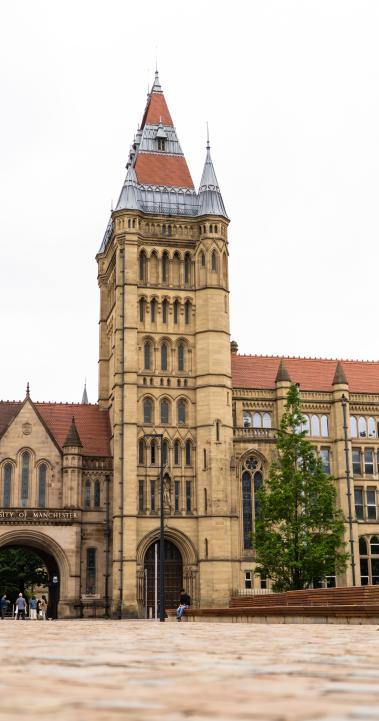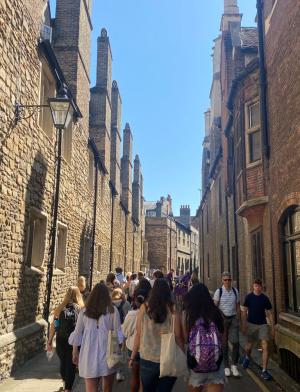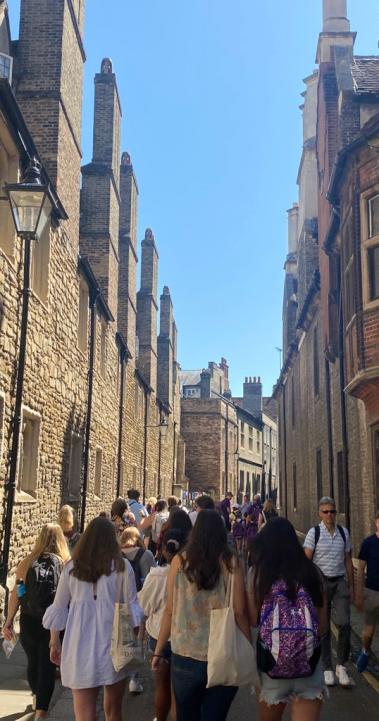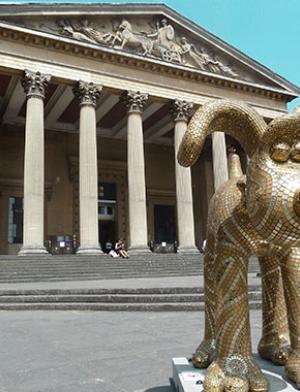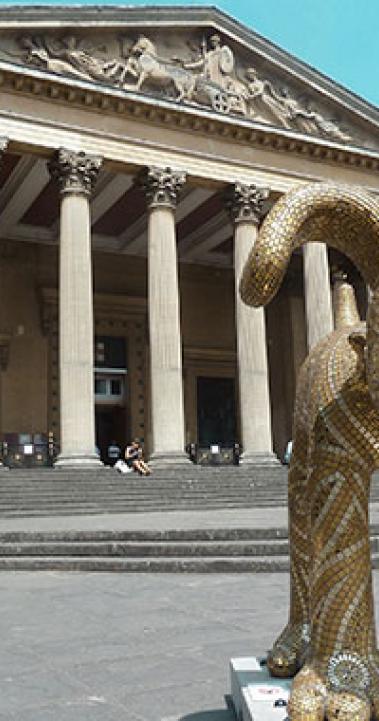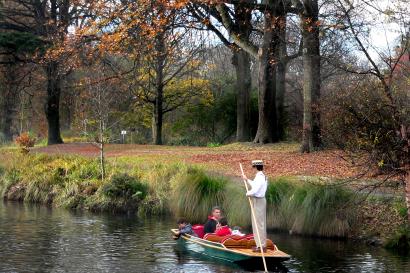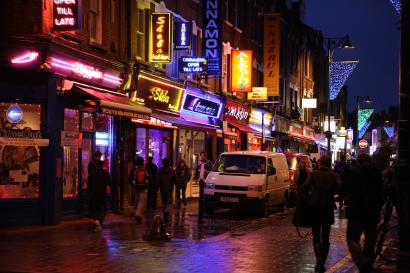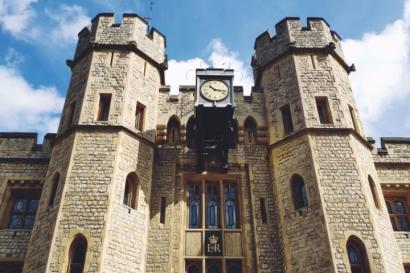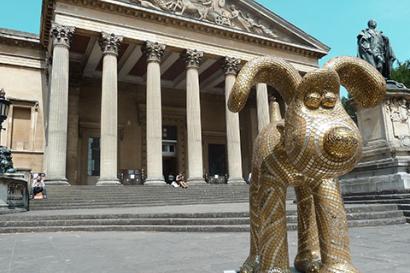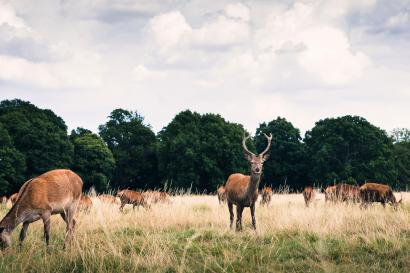Summer in England and the UK: What to expect
Heading to England or the United Kingdom in summer? Dive into this guide on what to expect, from the weather to the crowds.
When is summer in England and the UK?
In the Northern Hemisphere, the summer months in the United Kingdom (which includes England, Scotland, Wales, and Northern Ireland) run from late June until late September. Although, some say the meteorological British summer is really just June, July, and August.
What is England’s summer weather like?
On a single day in a single UK city during summer, you can easily experience a solid range of weather, whatever the season. The summer weather in England can vary quite a bit depending on where you are in the country. The north, where you might study at the University of Manchester, tends to be cooler than Bristol, London, and Oxford, in the south. The west tends to be the warmest, and the east has the most sun. Generally speaking, even in summer, you can expect mild temperatures with occasional warmer spells.
Weather in England is a key topic of conversation among the locals, year round. It it wise to check the forecast, mainly so you can have something to talk about at the pub or in the supermarket queue. But don’t expect the forecast to be correct! Every day, the British weather is full of the unexpected. Here’s what you might expect to experience during a summer in England.
Temperatures
In the south of England, you can expect average temperatures in the high teens to low twenties Celsius (60 to 70 Fahrenheit) during the summer months (June to August). In the north, temperatures tend to be slightly cooler, with average highs in the mid to high teens Celsius (around 60 Fahrenheit).
England’s hottest day on record was 19 July 2022 at Heathrow Airport. While the English complain most of the year that it’s cold or miserable, in summer, they complain they ‘like it hot, but not this hot.’ Be aware that most homes do not have air conditioning and are mainly designed to trap heat, so make plans to be outside in the shade on the hottest days!
Rain
Although summer is usually the driest season in England, rain is still quite common, particularly in the northwest. It is always a good idea to pack a waterproof jacket and umbrella, just in case. Summer showers and strong downpours catch everyone out, drenching their shorts, t-shirts, and flipflops.
The upside of rain is it gives the English people more weather to complain about—the rainier the better for the stories.
Daylight
When the clocks change in March, the English get very excited. It signals the end of the long, dark winter. By the time mid-summer arrives, England has long daylight hours, with the sun rising before 5am and setting after 9pm in some parts of the country.
People gather in parks and beer gardens, by rivers and lakes and enjoy being outside. But always pack a sweater—just because it’s light for longer does not mean it’s warm into the evening, or even all day!
Crowds
Summer is peak tourist season in England—and Great Britain as a whole welcomes over 40 million tourists every year. Add to overseas visitors the British tourists who explore their island during school holidays, from July to September, and you should expect popular tourist destinations to be busy.
Fast-track tickets are a good idea, and using Google Map’s busy area information can help you to plan your trips. You might try getting out early while everyone else has breakfast, so you can see places before the crowds arrive. Taking an early lunch means you’ll find a table more easily, and when you’ve finished, the crowds arrive for lunch, and you can explore the attraction with fewer crowds.
Festivals
With the longer days, summer is a popular time for music, wellbeing, and food and drink festivals in England, so check out what’s going on in the area you’re visiting. Glastonbury is probably the biggest and most famous festival, but tickets sell out minutes after coming online. The experience is similar with the big music festivals—Reading and Leeds, Isle of Wight and Latitude—but if you’re lucky and know when sales open, you might just get a ticket.
Most towns and villages have free summer fetes and free city events, like Notting Hill Carnival in London, South Tyneside Summer Festival, Hull’s Freedom Festival, and Bristol International Balloon Fiesta. But just heading to the beach, the countryside, or local parks is just as delightful.
